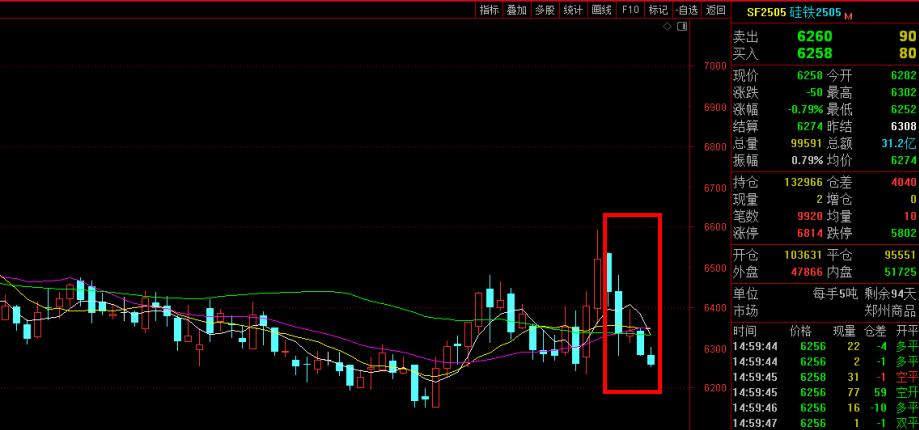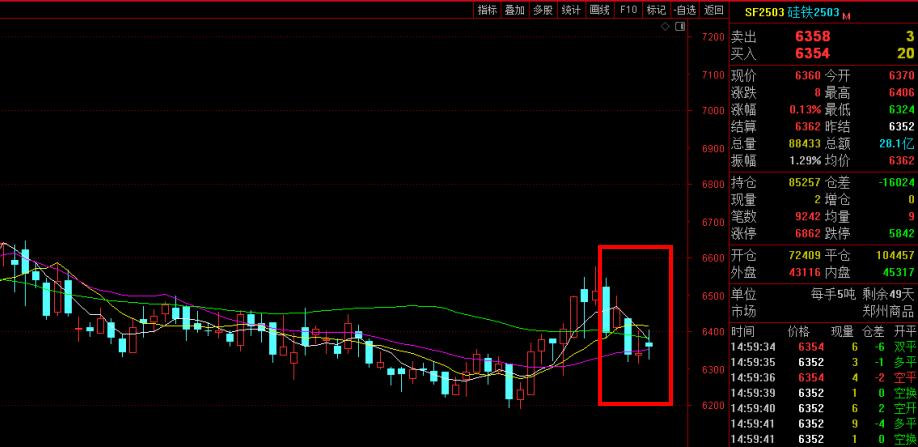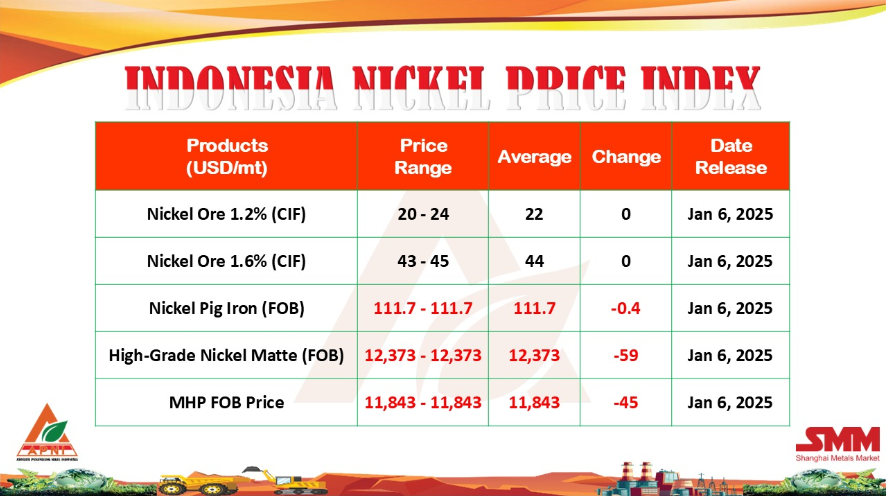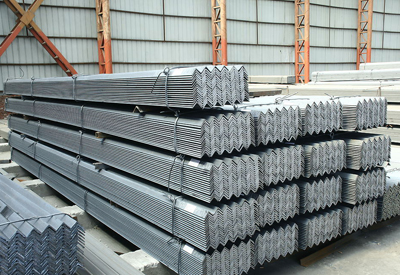[Ferro-Alloys.com] President Donald Trump on Monday expanded his steel and aluminum tariffs to cover all imports, effectively canceling deals with the European Union, the United Kingdom, Japan and others.
The new executive orders build off the 25 percent tariff on steel and the 10 percent tariff on aluminum Trump imposed in 2018 during his first administration by raising duties, closing loopholes and eliminating exemptions, according to a White House official.
“It’s a big deal. This is the beginning of making America rich again,” Trump said.
Trump’s nominee to be Commerce secretary, Howard Lutnick, was at Trump’s side when the president signed the two executive orders.
“When you imposed the tariffs the first time, you added 120,000 jobs,” Lutnick told Trump. “And since that time, [the tariffs have] been picked away and nicked away and excluded away, and we’ve lost 107,000 jobs. And remember, these aren’t just general jobs. These are steel workers in America.”
Trump’s new action keeps the steel tariff at 25 percent but makes it more comprehensive and raises the aluminum tariff also to 25 percent.
“The Trump 2.0 tariffs are a direct response to the failed policies of the Biden administration, which allowed China, Russia and many of our allies like Canada, Mexico, Brazil and the EU to manipulate trade and cripple U.S. industry. These measures will revitalize domestic production and safeguard critical industries,” a White House official told reporters on a call previewing the announcement, who was granted anonymity per the ground rules of the call.
The White House official also said the Trump administration was ending “hundreds of thousands” of tariff exclusions that have been provided to importers for particular steel products over the years. That practice began during the first Trump administration and continued under President Joe Biden.
“Even more impactful, we saw a wide variety of voluntary agreements in lieu of the tariffs, various kinds of alternative arrangements with … many of our allies, and these alternative agreements and exemptions were universally abused,” the White House official said.
The official also alleged that strategic competitors like China and Russia were transhipping steel through Canada and Mexico, while Japan was targeting the U.S. market with high-value specialty steel products. South Korea, the official continued, has been “exploiting” a quota exemption it negotiated with the first Trump administration to flood the U.S. market, while Brazil had aggressively ramped up its exports of semi-finished steel to the United States.
Under the two executive orders, Trump will also be implementing tougher standards for steel and aluminum produced in North America to make it harder for China and Russia to ship their steel into the United States through those two countries, the White House official said.
Trump originally imposed a 25 percent tariff on all steel imports and a 10 percent tariff on all aluminum imports in 2018. Those were imposed under Section 232 of the 1962 Trade Expansion Act and applied to most countries around the world.
However, from the start, a few countries — South Korea, Argentina and Brazil — opted for steel tariff-rate quotas instead of the simple tariff approach. Those “TRQs” allow a certain amount of products to enter duty-free before the 25 percent takes effect.
Trump also exempted steel and aluminum imports from Australia from the tariffs after determining they did not pose a national security threat, a move welcomed warmly by Canberra. He continued that policy through the remainder of his first term, and the Biden administration maintained it, as well.
Under pressure from Congress, Trump eventually exempted Canada and Mexico from the tariffs, a move that also ended Canada and Mexico’s retaliatory duties against the United States and eased passage of the U.S.-Mexico-Canada Agreement to replace NAFTA.
Later, after Biden took office, the United States negotiated separate agreements with the European Union and the United Kingdom to replace the steel and aluminum tariffs with less restrictive TRQs.
The Biden administration also struck a deal with Japan to replace the steel tariffs with TRQs but left the aluminum tariffs in place.
The European Union deal, unlike the ones with Japan and the U.K., was intended to be temporary while the countries negotiated a broader agreement aimed at forging a united front against China by putting in place measures to discourage global steel excess capacity and to encourage the manufacturing of steel produced with lower carbon emissions.
U.S. and EU negotiators failed to reach a deal within the two years they gave themselves, setting the stage for the EU, under a previously approved regulation, to resume and double the retaliation it previously had imposed on roughly $3 billion worth of goods, including American whiskey.
However, the EU agreed in late December 2024 to once again to pause its retaliation until March 31, 2025, to allow more time to reach a permanent deal with the United States.
Trump’s action today could reignite the EU’s retaliation, injuring once again a broad array of American companies that suffered from the first round.
Even with Trump’s earlier tariffs and the various quotas, imports still accounted for about one-fifth of total U.S. steel consumption in 2024.
The United States imported 22.5 million tons of “finished” steel products and another 6.3 million tons of steel for further processing. The largest suppliers were Canada, Brazil, Mexico and Vietnam.
02/10/2025 06:03 PM EST Updated: 02/10/2025 06:49 PM EST
Source: POLITICO
Invitation forThe 21st China Ferro-Alloys International Conference
Source: CNN ---President Donald Trump on Monday imposed a 25% tariff on all steel and aluminum imports into the United States with no exceptions or exemptions.
Although the United States gets most of its steel from Canada, Brazil and Mexico, the tariffs are largely — albeit indirectly — aimed at China.
“This is a big deal — making America rich again,” Trump said in announcing the tariffs, according to a pool report.
America imports very little steel directly from China, by far the world’s largest producer of steel. Steel tariffs of 25% launched in Trump’s first administration and continued by former President Joe Biden resulted in American importers shifting to other sources.
Yet Chinese steel does make its way into the United States secondhand. Some is purchased by foreign countries and reshipped to the US. And some of it is mislabeled and resold through various channels.
The United States is not the manufacturing-focused economy it once was, but it still consumes tens of millions of tons of steel and aluminum a year. Steel is a key component of everything from consumer goods such as cars and appliances to such large scale infrastructure projects, such as skyscrapers, oil rigs and pipelines, bridges and roads. Aluminum also is a key components of such goods as cans of food and beverages, cars and commercial jets, as well as and key infrastructure such as high power electrical lines.
Tariffs could increase the cost of production of many if not all of those items because of the increased cost of the imported and domestic steel – and aluminum makers could raise the price of their products because of the reduced competition from low-priced imports.
The weight and cost of shipping steel and aluminum have always given domestic producers something of a edge on import sources. American steel mills produce about three times as much steel as is imported here.
When the Trump administration put tariffs of 25% on steel and 10% on aluminum in place in 2018, it briefly cut imports and increased domestic production. But many customers of imported steel and aluminum still found it necessary to import those goods from lower priced producers elsewhere. Those actions also ignited a trade war that hit American goods with retaliatory tariffs that raised prices on other items for consumers.
Some buyers who had been purchasing steel from countries hit with tariffs, such as China, shifted to steelmakers in other markets, such as Canada, which is now the largest source of American steel imports with about 23% of the steel shipped here. China has fallen to 10th place, with less than 2% of steel exports here.
Steel imports fell by 10.2 million tons, or 27%, between 2017, the year before the tariffs, and 2019, according to analysis of government data provided by the American Iron and Steel Institute, an industry trade group. Domestic steel production rose, but only by 6.8 million tons, or 7.5%.
The boost in domestic steel production proved short lived. Both domestic production and imports fell in 2020 as the pandemic cut the demand for steel greatly. While it has come part of the way back since then, domestic production has still not reached the pre-tariffs level of 2017, let alone the pre-pandemic output.
A Trump administration official said the new tariffs on steel, though holding at 25%, were designed to eliminate loopholes and numerous exemptions that have led some importers to game the system. For example, the official said some countries will import semifinished steel, make it into a slightly more finished product, and ship that to the United States to skirt tariffs.
While aboard Air Force One on Sunday, Trump told reporters he was planning the steel and aluminum announcement and that he intended to hold a news conference this week to introduce new reciprocal tariffs.
Just last week, Trump imposed a 10% tariff on all Chinese imports to the US, adding to existing tariffs on China. In retaliation, China quickly imposed tariffs on certain chips and metals.
Trump has, however, started easing some of these measures, including pausing tariffs on goods valued at $800 or less coming into the US until the Commerce Department can develop a tracking system. He has also suspended his 25% tariffs on imports from Mexico and Canada until at least March 1.
- [Editor:tianyawei]



 Save
Save Print
Print Daily News
Daily News Research
Research Magazine
Magazine Company Database
Company Database Customized Database
Customized Database Conferences
Conferences Advertisement
Advertisement Trade
Trade














 Online inquiry
Online inquiry Contact
Contact

Tell Us What You Think